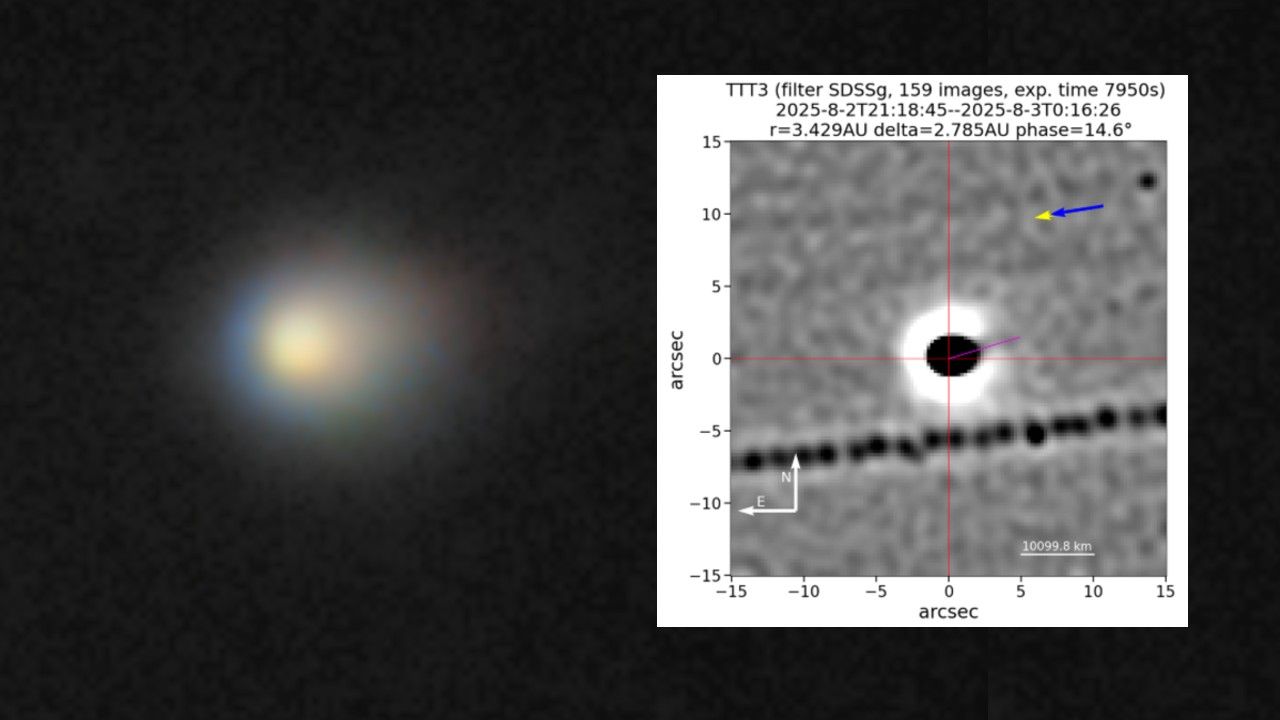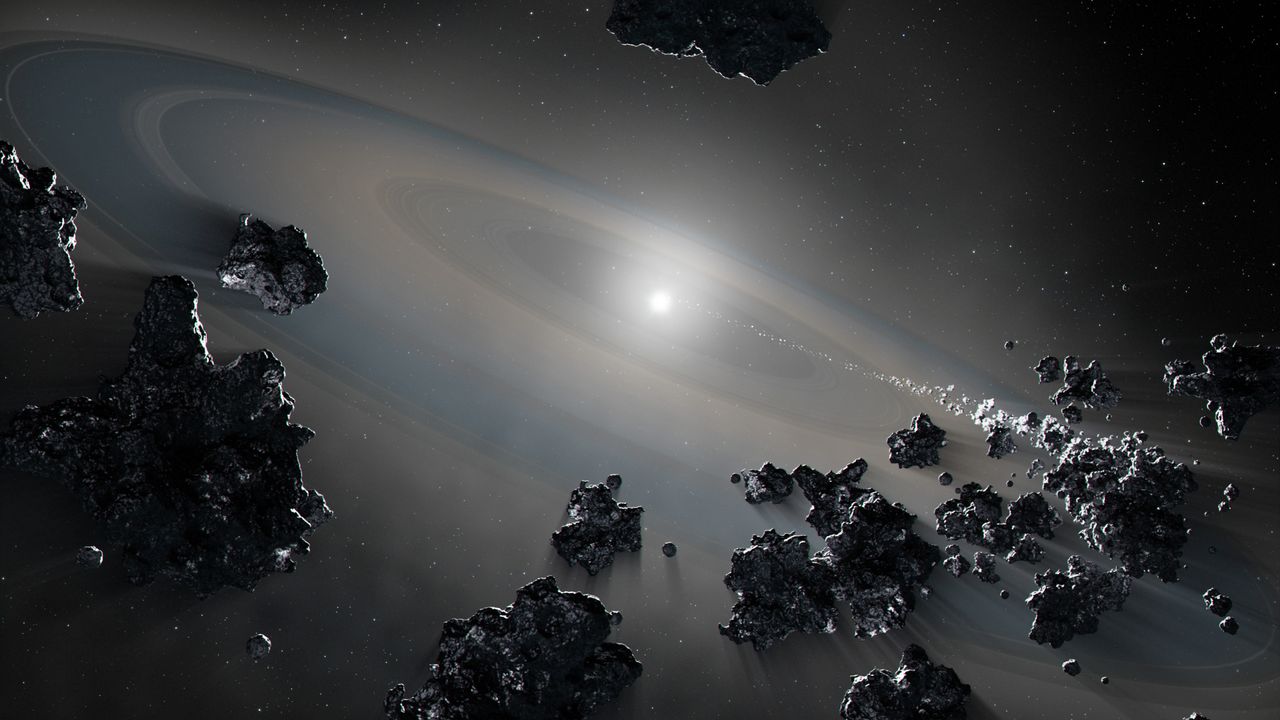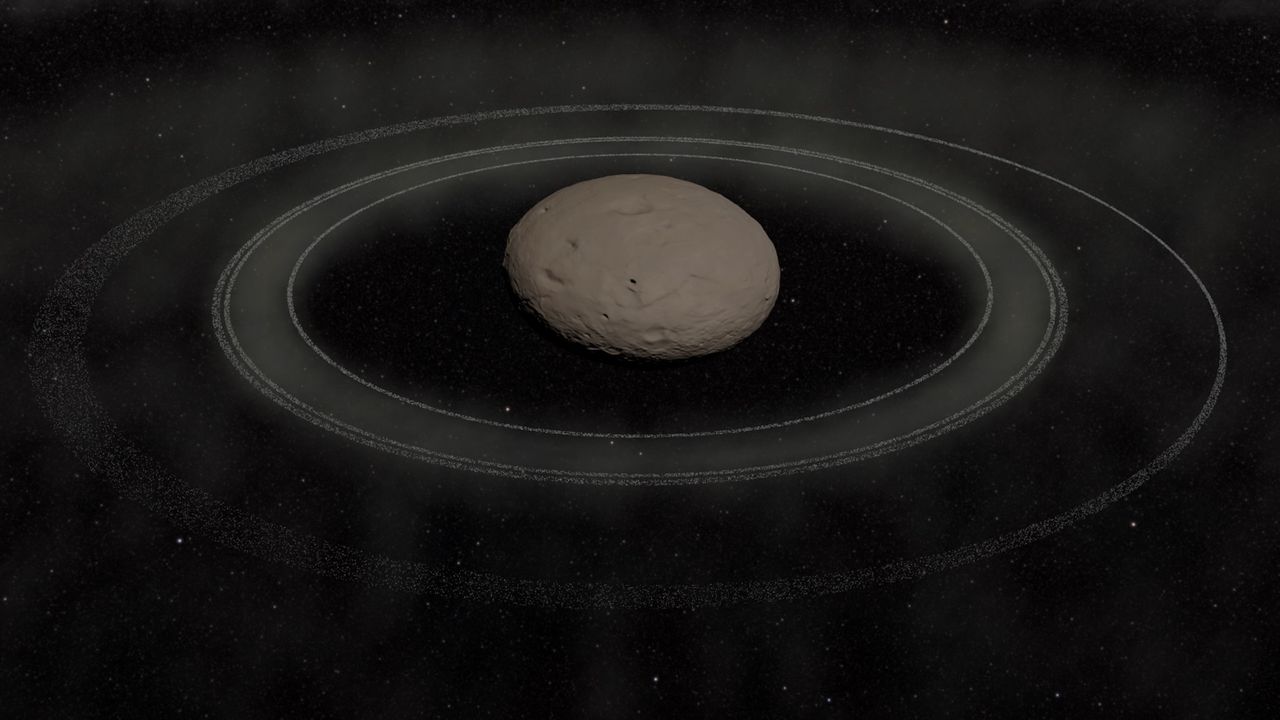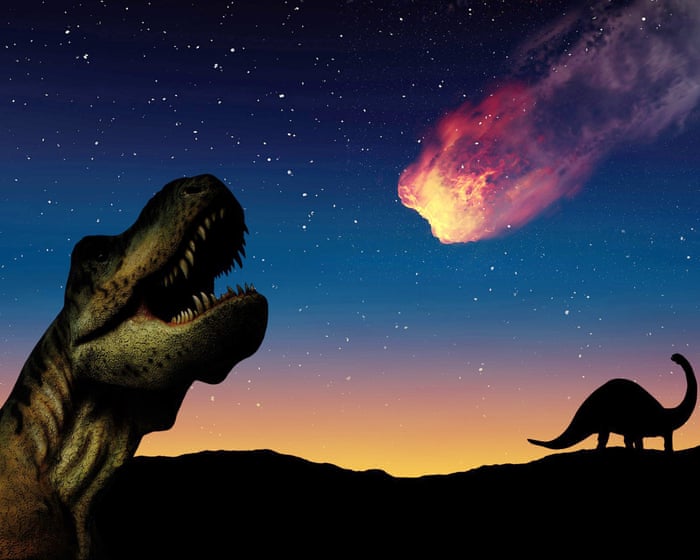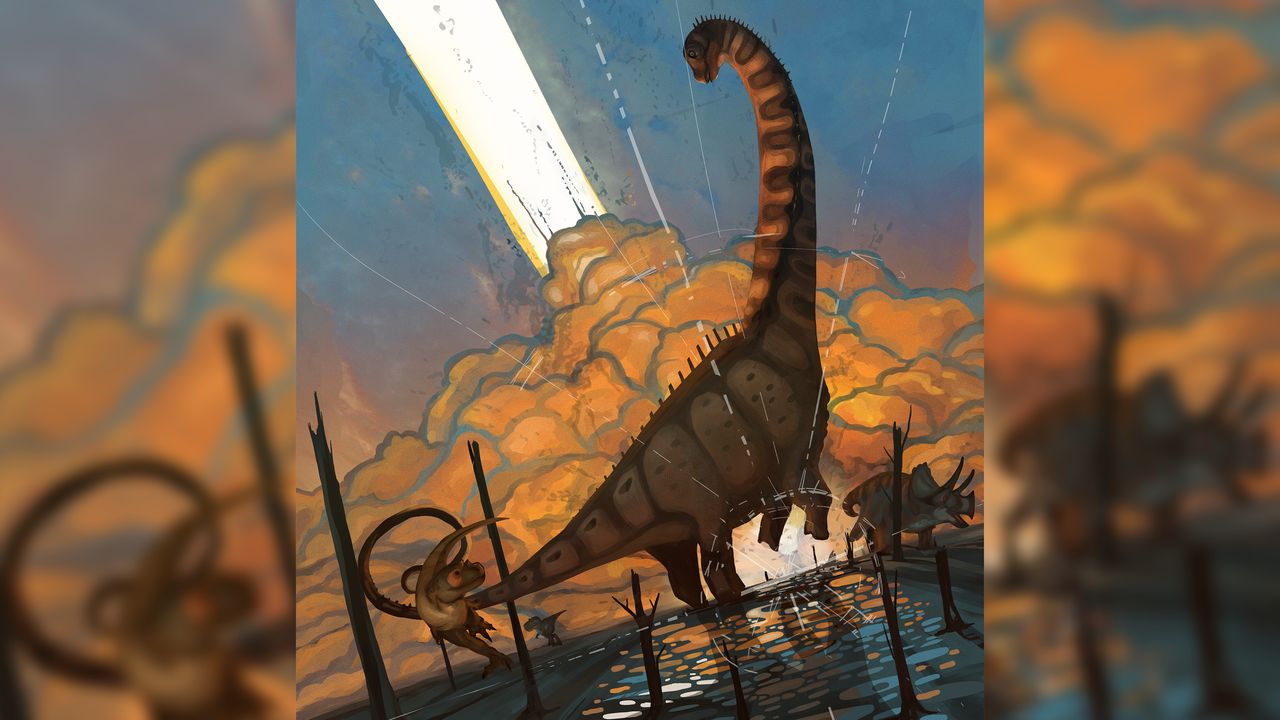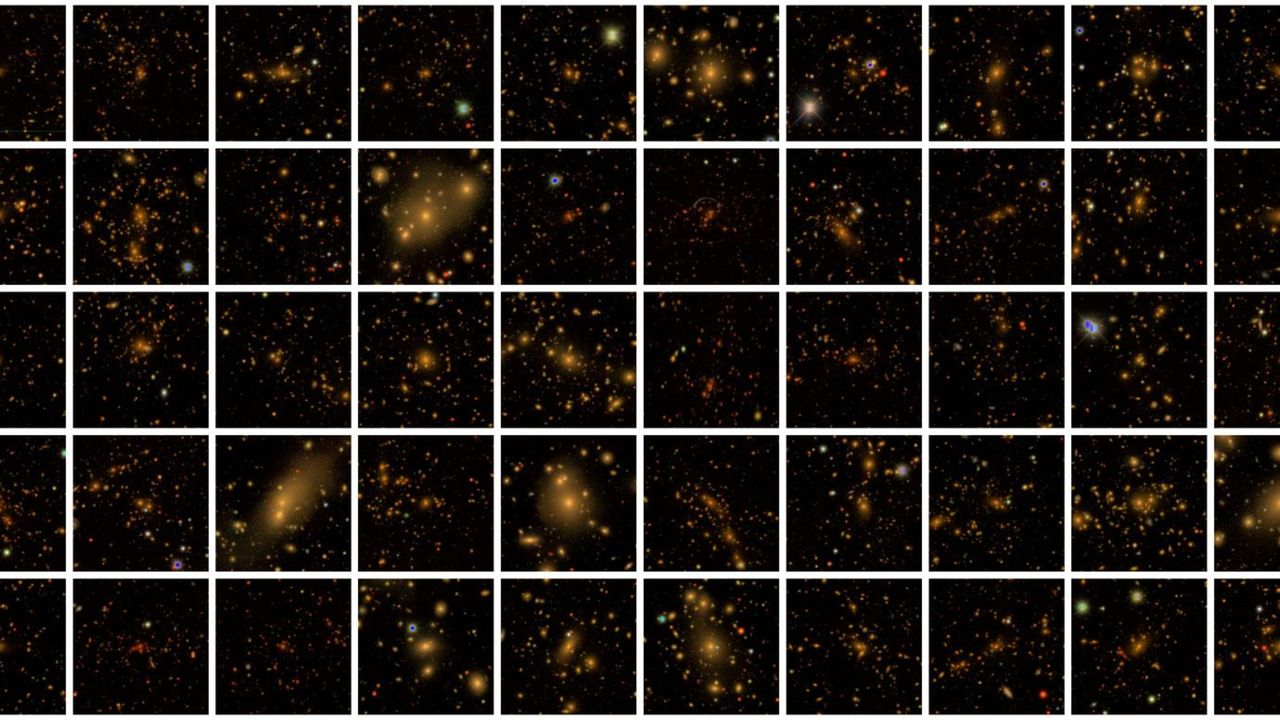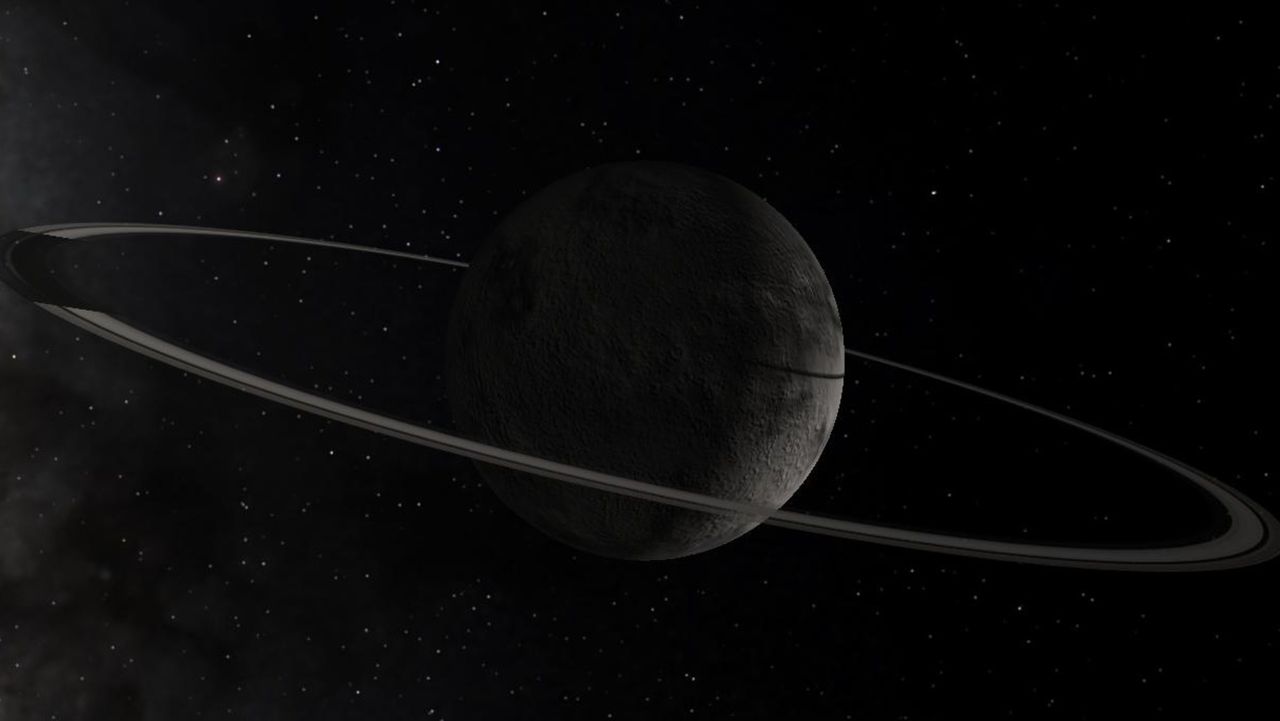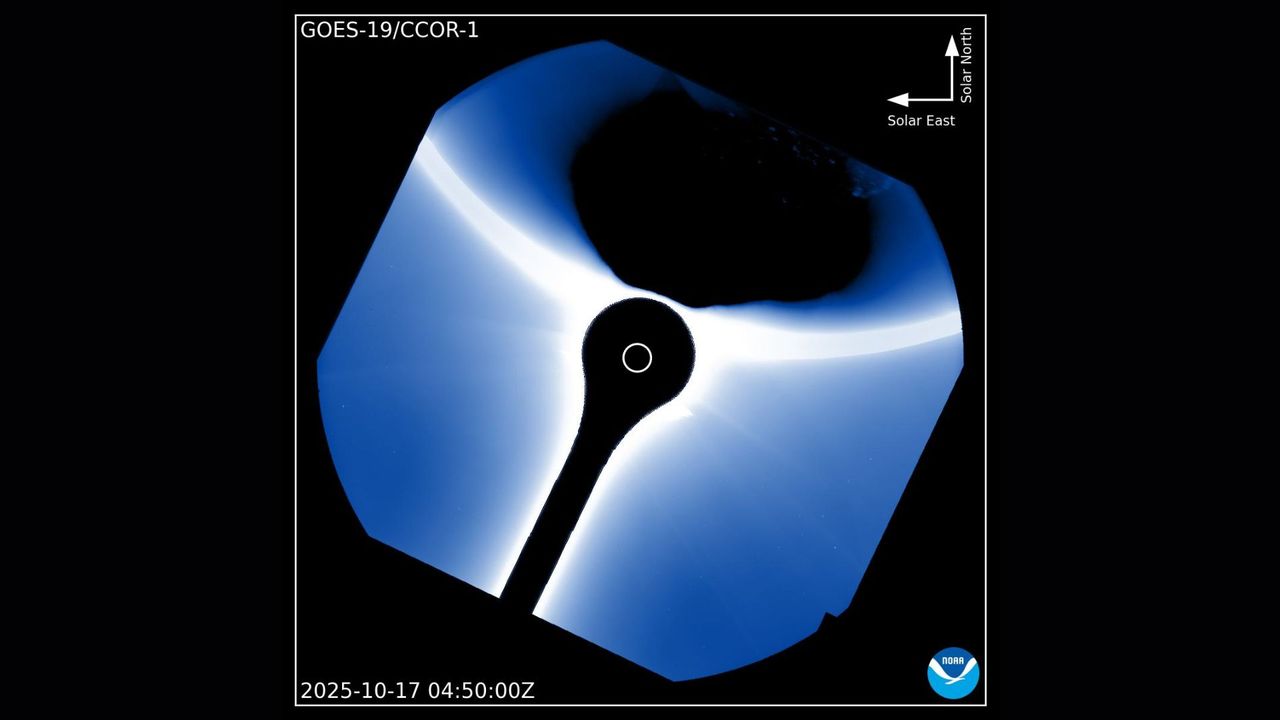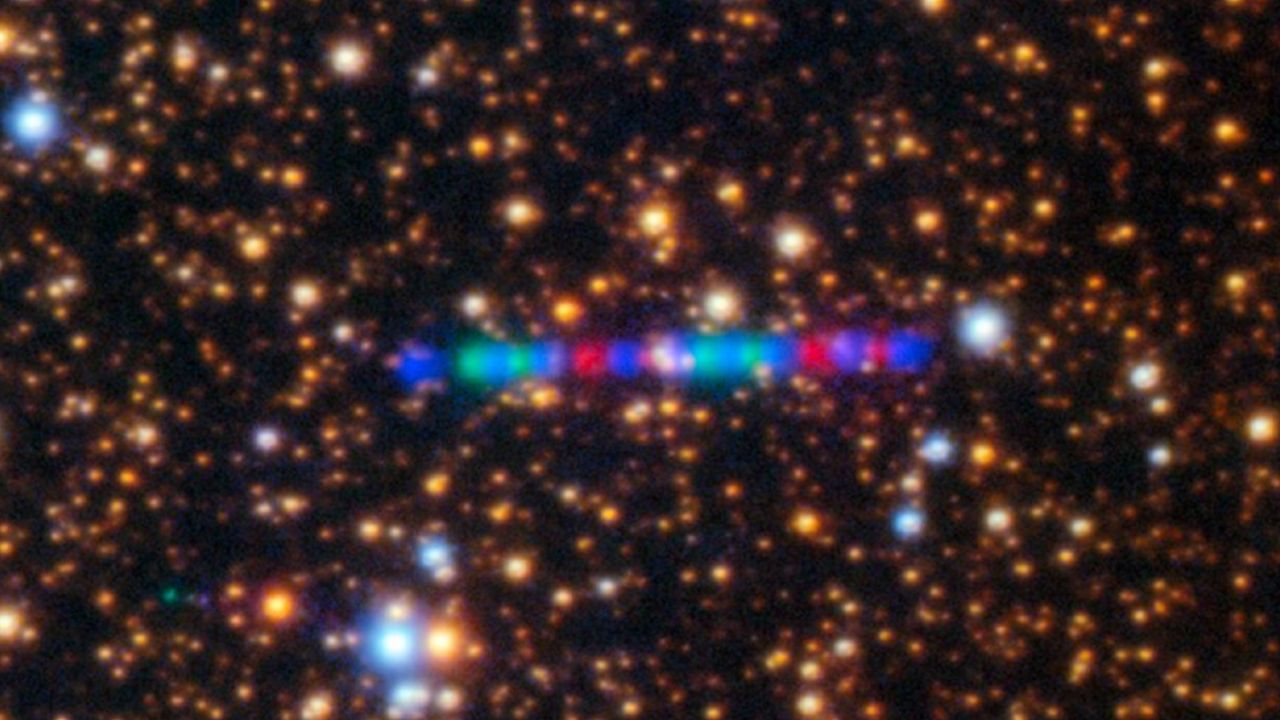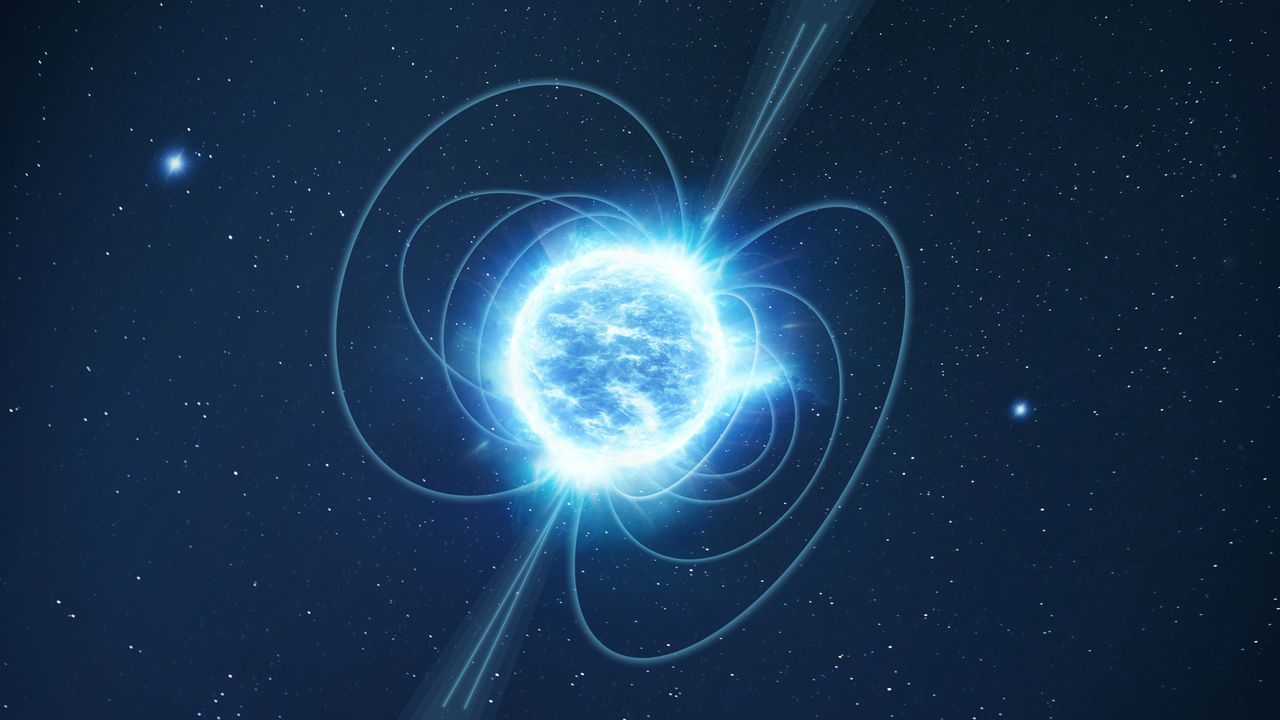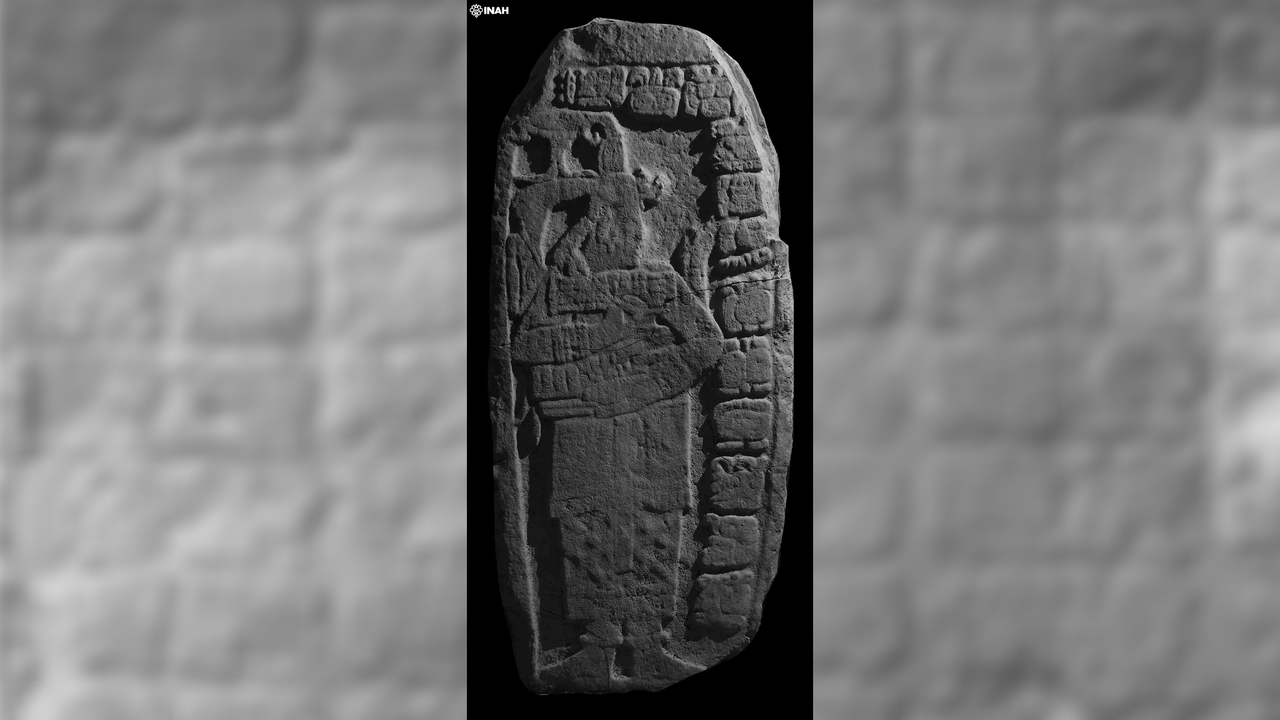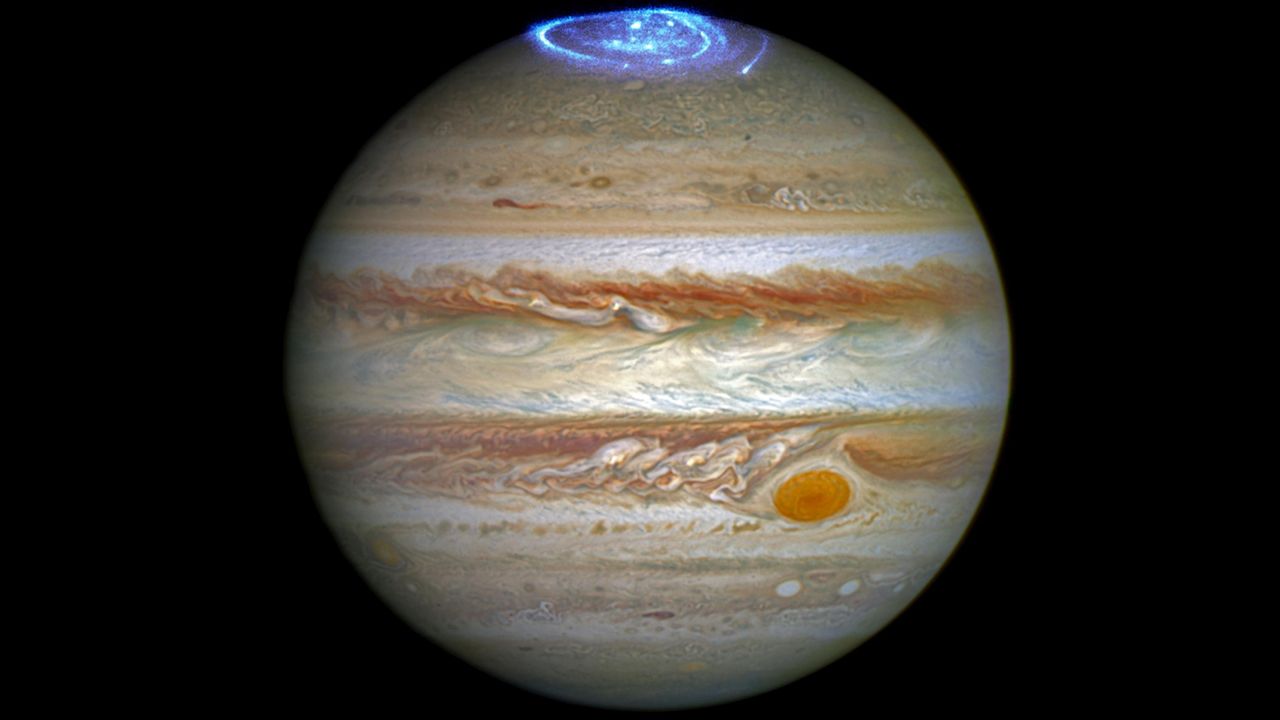Astronomers discover 2nd fastest asteroid in the solar system hiding in the sun's glare
PositiveScience
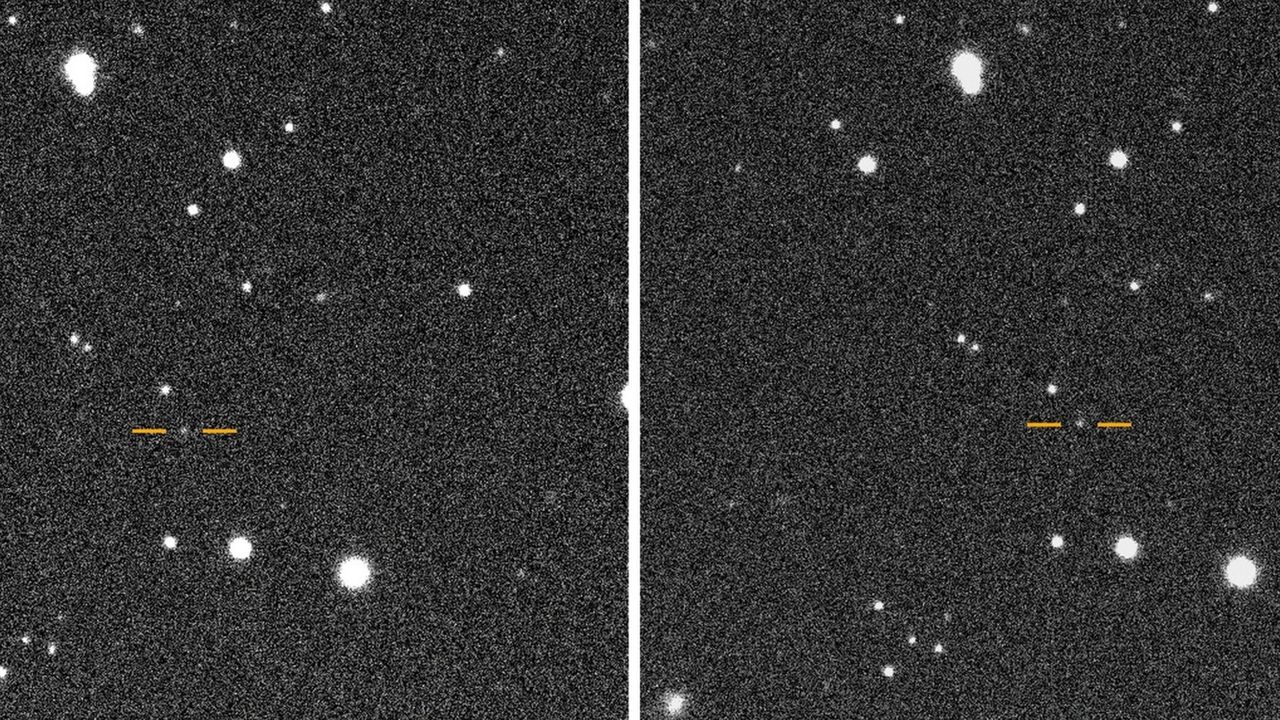
Astronomers have made an exciting discovery by spotting an asteroid that orbits the sun in just 128 days, making it the second fastest known asteroid in our solar system. This finding is significant as it enhances our understanding of celestial bodies and their movements, shedding light on the dynamics of our solar system.
— Curated by the World Pulse Now AI Editorial System
